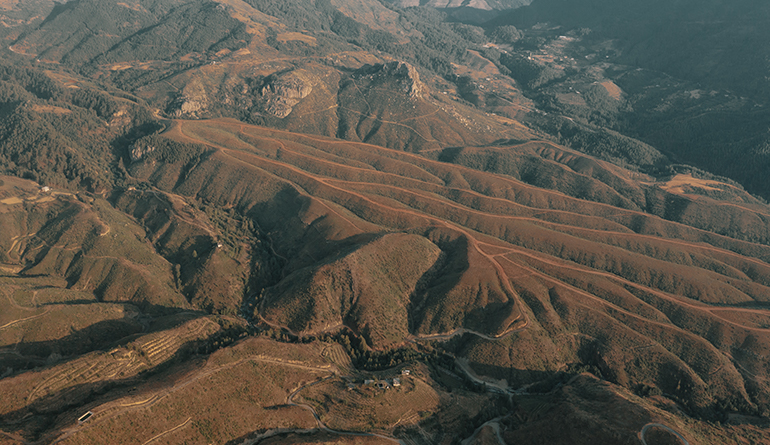
Contour Survey
A contour survey, also known as a contour map survey or contour mapping, is a type of topographic survey that focuses specifically on mapping contour lines to represent the elevation and shape of the land surface in a given area. Contour surveys are essential for understanding the terrain’s characteristics, including slopes, ridges, valleys, and other features, which is crucial for various engineering, construction, and land development projects.
Here’s how a contour survey typically works:
Field Work: Surveyors conduct fieldwork using specialized equipment to collect precise measurements of the terrain’s elevation at regular intervals across the survey area. They use techniques such as differential leveling, total stations, or GPS to accurately determine the heights of various points on the land surface.
Contour Line Generation: Based on the elevation data collected during fieldwork, surveyors create contour lines, which are lines that connect points of equal elevation. Contour lines represent the shape of the land surface and provide valuable information about its topography, including slopes and elevation changes.
Interval Selection: Surveyors determine the contour interval, which is the vertical distance between adjacent contour lines. The contour interval is chosen based on the level of detail required for the survey and the terrain’s steepness. Smaller contour intervals provide more detailed information about the land surface but require more survey points and data collection.
Contour Line Interpretation: Once contour lines are generated, they are interpreted to understand the terrain’s characteristics. Contour lines that are closely spaced indicate steep slopes, while widely spaced contour lines represent gentle slopes or flat areas. Surveyors analyze the contour map to identify features such as hills, valleys, ridges, and drainage patterns.
Mapping and Reporting: The final output of a contour survey is a contour map or plan that accurately depicts the land surface’s elevation and shape. Contour maps typically include contour lines, elevation values, and other relevant features such as roads, buildings, and water bodies. These maps serve as valuable tools for engineers, planners, and designers involved in projects that require a thorough understanding of the terrain’s topography.
Contour surveys are used in various applications, including site development, grading and earthwork design, floodplain mapping, environmental assessment, and land-use planning. They provide essential information for designing infrastructure, determining suitable building locations, assessing drainage patterns, and mitigating erosion and landslide risks.

